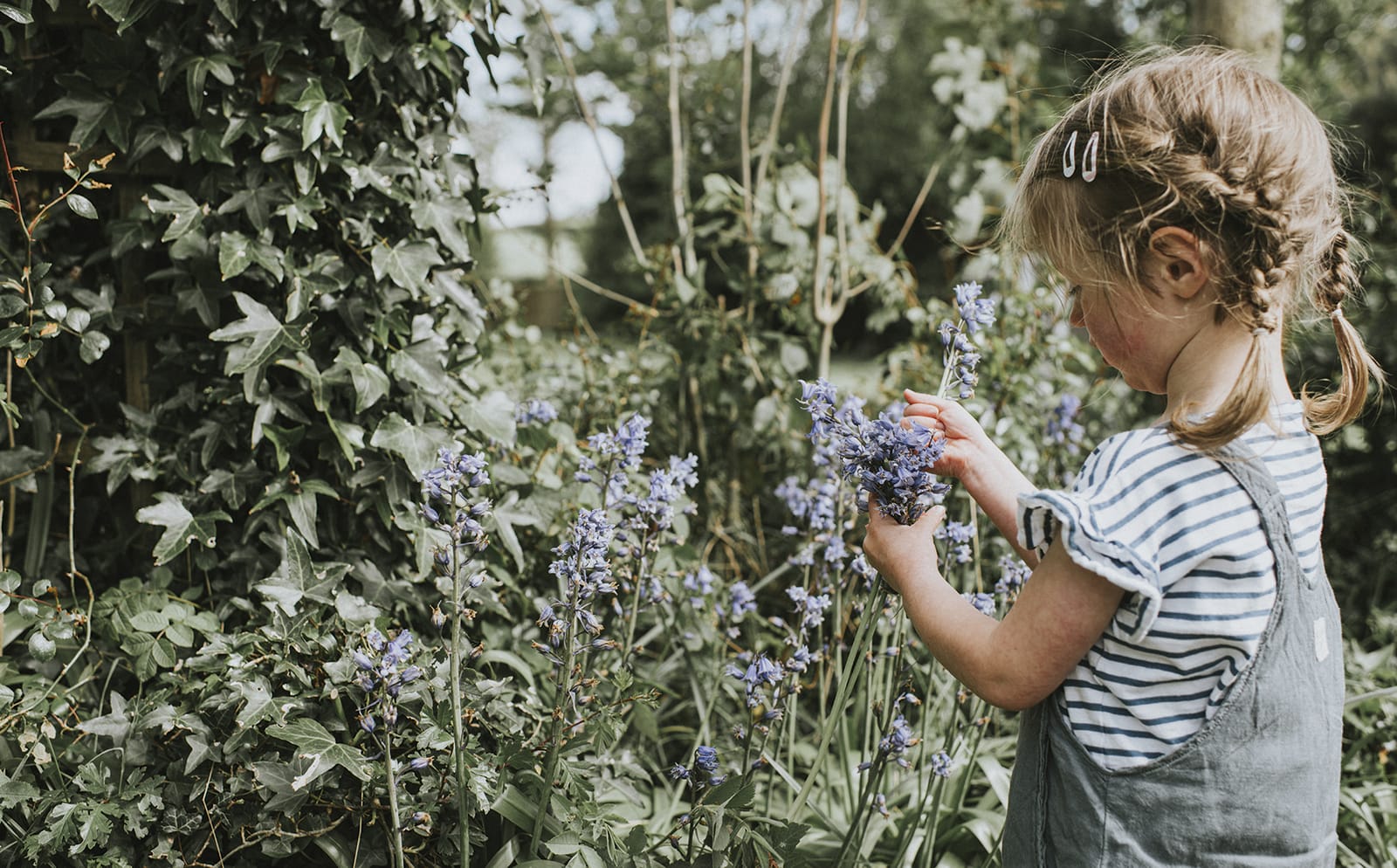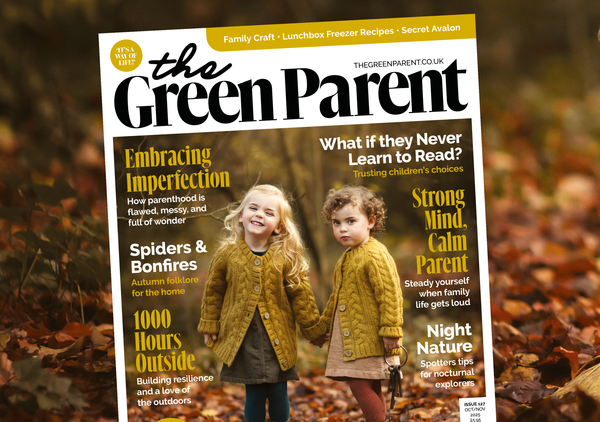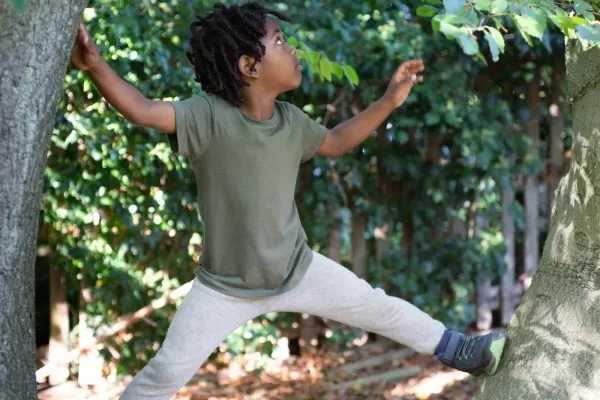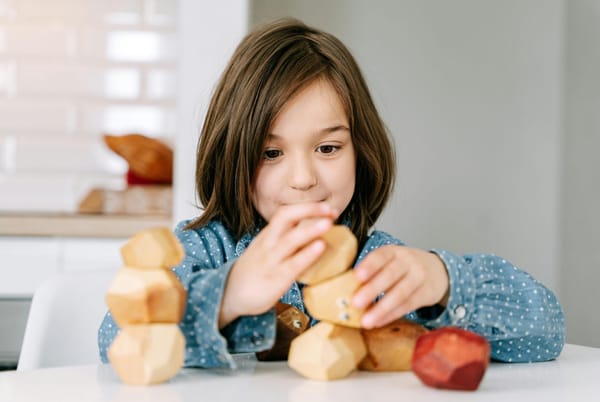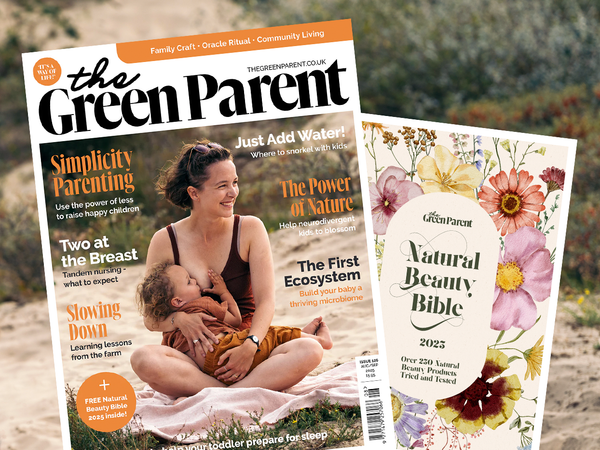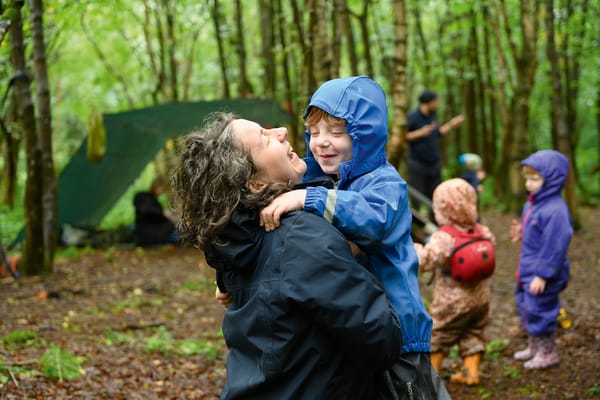Andy Hamilton heads out on a nature walk with his son and daughter only to be confronted by big issues; death, religion and sex
Daddy, can I eat this?” My daughter shouts up from the garden. I peer down from my bedroom/office window to see that she has been merrily collecting a bunch of different leaves and flowers to eat. She and her friend have been on their own nature walk out through the back garden and into the back lane and back again.
She holds up some rose petals and I assure them that they are safe and that she won’t be poisoning her friend. “We’re going to live in the wild she shouts”. My heart warms, I can distinctly remember having the same thoughts at around the same age. It’s what led me to become a forager. Although, back when I was a child there were precious few wild food books published. We had none at home, nor did we know anyone who knew anything about wild food. And no internet! I had to wait to ignite my passion at a later age.
I’m pleased that, in some small part, I’ve contributed towards the return of so much of the ancient knowledge we’ve lost. If my daughter and her friend are anything to go by, the next generation will be well educated in this knowledge.
SPOTTING LADYBIRDS
Later that day I’m out with my son and his friend, they have run on ahead, keen to explore the world around them without me. We are in a riverside park and they have found something. I’m beckoned over to a lime tree that is covered in red and black tiny shield like shapes. I pause for a second, I’ve seen this before but I’m trying to remember where. Some of them are wriggling frantically, we watch mesmerized for a few minutes until, out pops a ladybird. It’s a magical moment and we all gasp with delight. I’d always wondered how the strange, perhaps alien looking, infant ladybird (larvae) transforms into the ladybirds we all know and love. I had recognised the shields as looking like something in between a ladybird and their larvae. What we were looking at was a bunch of larvae attaching themselves to a tree before becoming adult ladybirds.


